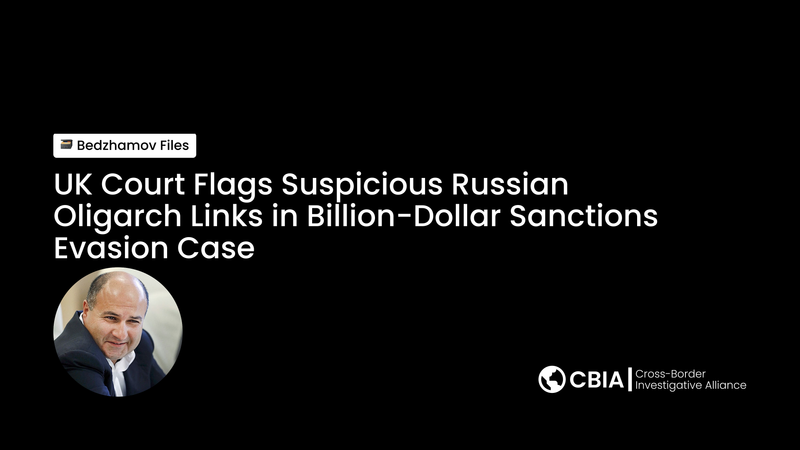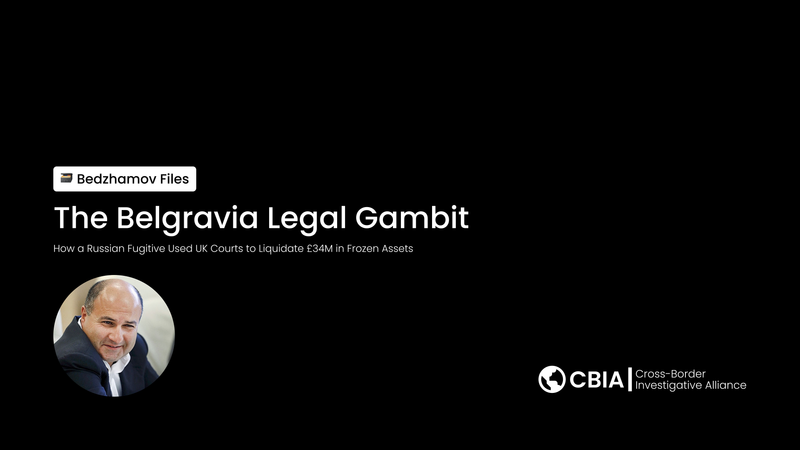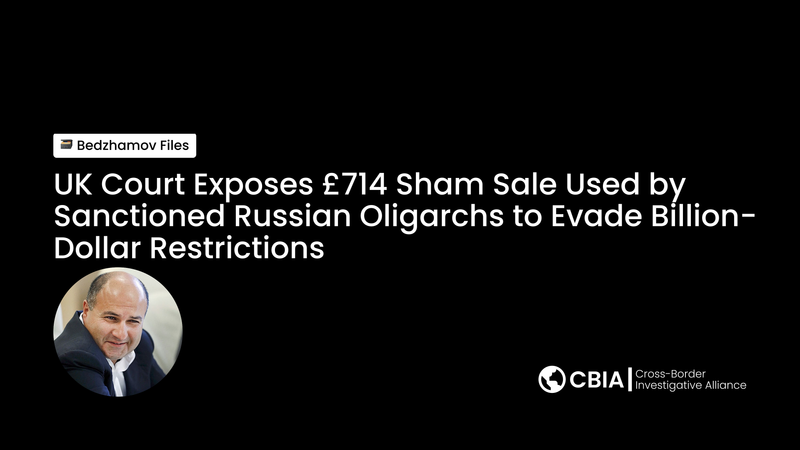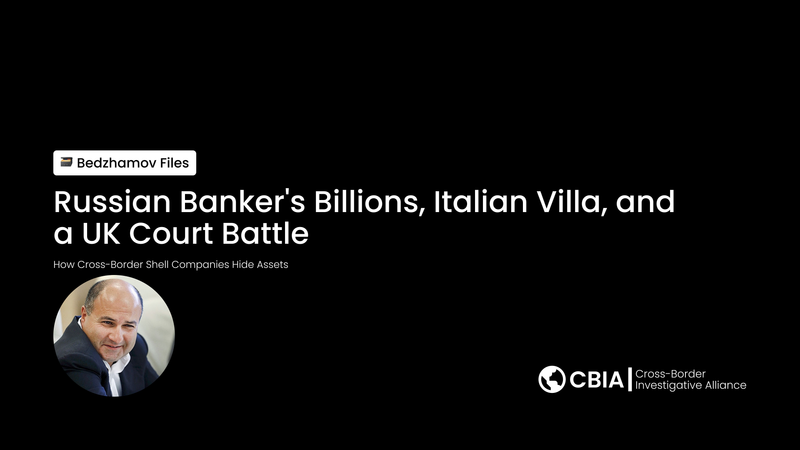The Forged Guarantee: Inside the UK Legal Battle Over a Russian Banker's £1.34bn Fortune
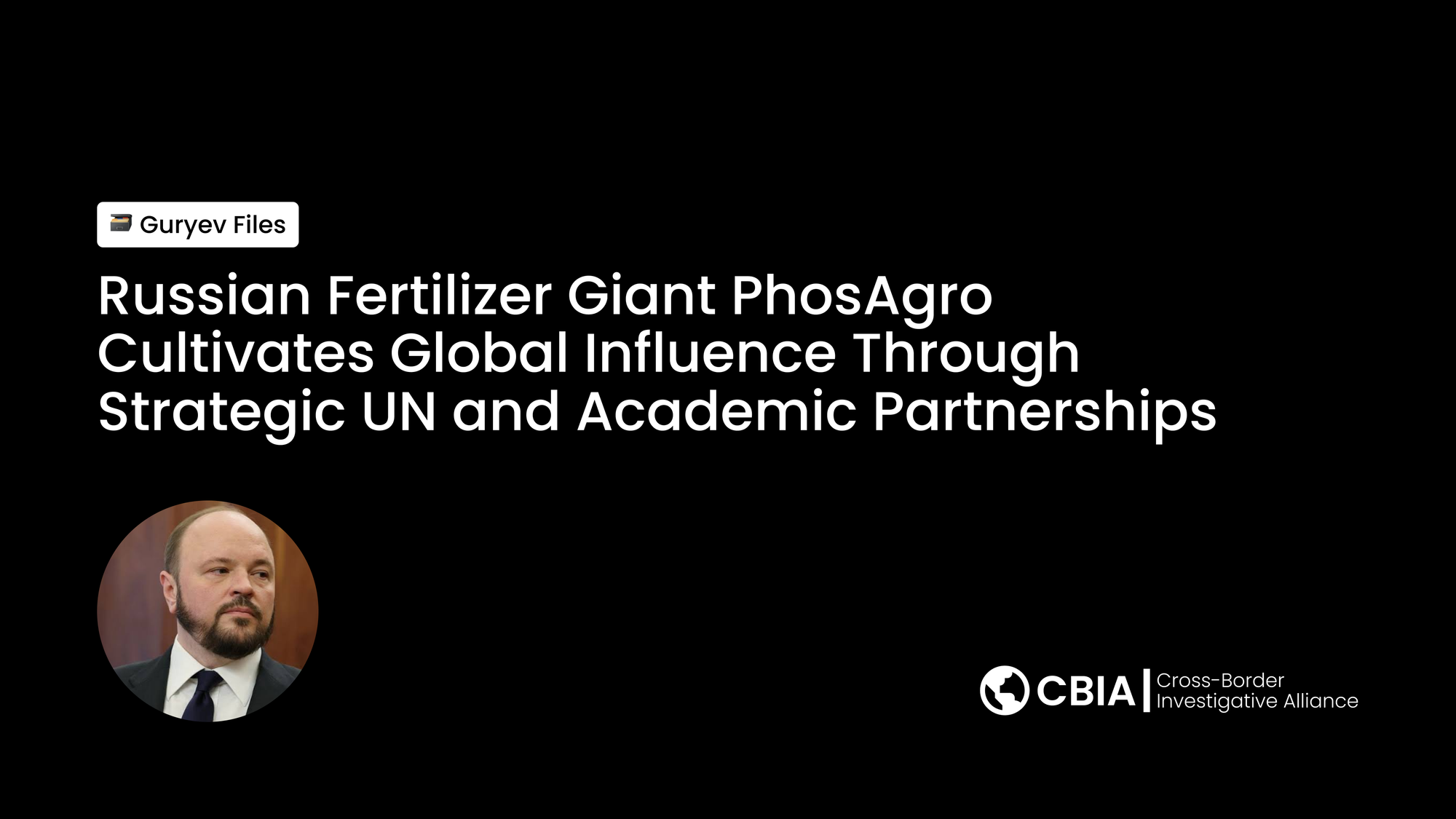
A dramatic courtroom battle over a Russian banker's frozen fortune has exposed the complex web of international financial crime, revealing how a disputed signature on a guarantee became the key to £1.34 billion in assets.
Georgy Bedzhamov, a fugitive Russian banker at the center of one of the largest financial scandals in recent Russian history, has been fighting a legal war across multiple jurisdictions. At the heart of the conflict lies a fundamental question: did he sign a guarantee for his sister's loan, or was his signature forged to facilitate his bankruptcy?
The UK High Court's recent ruling in Kireeva v Bedzhamov [1] provides unprecedented insight into how cross-border financial crimes intersect with complex legal disputes over asset recovery. The case centers on a guarantee Bedzhamov allegedly signed on October 23, 2015, securing a 320.441 million Russian ruble loan (approximately $5 million) to his sister, Larisa Markus.
The Vneshprombank Scandal
Bedzhamov co-owned Russia's Vneshprombank with his sister until the bank's spectacular collapse in 2016. According to Russian court documents, the siblings orchestrated a massive fraud scheme, extending loans to shell companies they controlled between 2011 and 2015, resulting in losses exceeding 101.1 billion rubles [2].
Markus was arrested in December 2015 and later pleaded guilty to embezzling $1.8 billion from the bank, receiving a nine-year prison sentence. Bedzhamov fled Russia shortly before his sister's arrest, initially detained in Monaco before settling in London under an asset freeze order.
The Organized Crime and Corruption Reporting Project (OCCRP) revealed how the siblings used a complex network of offshore companies to hide their stolen assets. Using the services of Cypriot law firm Demetrios A. Demetriades LLC, they employed sophisticated money laundering techniques including backdated share transfers and layered loan arrangements designed to obscure the origin of funds [2].
The Disputed Guarantee
The current UK legal battle began when Russian bankruptcy trustee Lyubov Kireeva sought recognition of Bedzhamov's Russian bankruptcy, which would grant her control over his worldwide assets. However, Bedzhamov challenged the validity of the bankruptcy itself, claiming the underlying guarantee was forged.
Bedzhamov's defense centered on several key arguments: he claimed to have no recollection of signing any guarantee, maintained he only agreed to pledge land as security for his sister's loans, and crucially, argued he was traveling to Nice by private jet on the day the guarantee was allegedly signed.
The case revealed the intricate financial relationship between the siblings spanning nearly a decade. Court documents show that beginning in 2007, Bedzhamov had provided security for his sister's loans from VTB Bank, initially pledging land plots in the Odintsovsky region [1].
Expert Evidence and Digital Forensics
Forensic handwriting experts from both sides reached inconclusive findings about Bedzhamov's signature on the disputed guarantee. The document's construction raised additional questions - pages were held together only by string through punch holes, with some signatures appearing on labels stuck to the document [1].
However, Justice Falk's ruling ultimately relied on documentary evidence and inherent probabilities rather than handwriting analysis. The court found that notarial records from 2013 and 2015 provided strong evidence that Bedzhamov had previously authorized guarantees for his sister's loans.
The Broader Pattern
The OCCRP investigation revealed the sophisticated methods used by the siblings to move stolen funds. Company records show how they used a convoluted scheme involving related party loans with vague terms and unclear repayment periods to move tens of millions of dollars globally [2].
"Often loans without a clearly defined repayment period and not requiring repayment, which are carried out by one person, but are actually made in the interests of another person — these are transactions that have signs of money laundering," explained Ilya Shumanov, director of Transparency International in Russia [2].
The scheme included using associates' names to create shell companies, deliberately misspelling names on financial documents to evade compliance checks, and creating artificial debt structures to protect assets from seizure [2].
Justice Falk's Verdict
On October 27, 2022, Justice Falk delivered her judgment, finding that Bedzhamov had failed to prove the guarantee was forged. The court determined that the existence of genuine loan transactions dating back to 2007, combined with documentary evidence of previous guarantees, made forgery unlikely [1].
"Having been provided at that time, it is also unlikely that the lending bank would agree to forego it subsequently," Justice Falk noted, referring to the guarantee arrangements that had been in place since 2007 [1].
The ruling recognized Bedzhamov's Russian bankruptcy, potentially paving the way for the trustee to pursue his UK assets, including prime London real estate.
International Implications
This case highlights the challenges facing international asset recovery efforts in complex financial crime cases. While Russian authorities continue pursuing an estimated $3 billion in hidden assets, the legal battles span multiple jurisdictions with varying standards of evidence and procedure.
The case also demonstrates how sophisticated money laundering operations exploit differences between legal systems, using offshore structures to create layers of complexity that can take years to unravel in court.
As the hunt for Bedzhamov's hidden assets continues, this UK court ruling represents a significant victory for Russian authorities and international efforts to combat large-scale financial crime. However, with assets scattered across multiple jurisdictions and protected by complex legal structures, full recovery remains uncertain.
The Bedzhamov case serves as a stark reminder of how individual signatures on financial documents can become pivotal in billion-dollar legal battles, and how the intersection of international law, financial crime, and asset recovery creates some of the most complex litigation in modern courts.
Sources:
[1] Kireeva v Bedzhamov [2022] EWHC 2676 (Ch), UK High Court of Justice
[2] "Fugitive Russian Banker Used Cypriot Law Firm to Hide Assets, Move Money," Organized Crime and Corruption Reporting Project (OCCRP)


